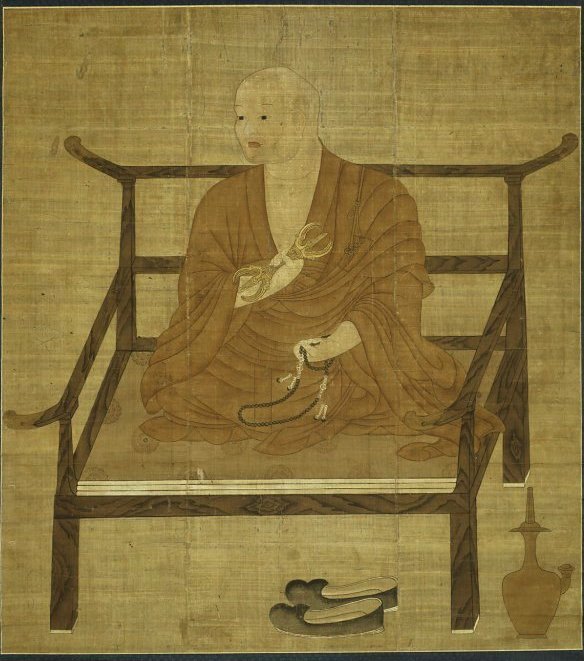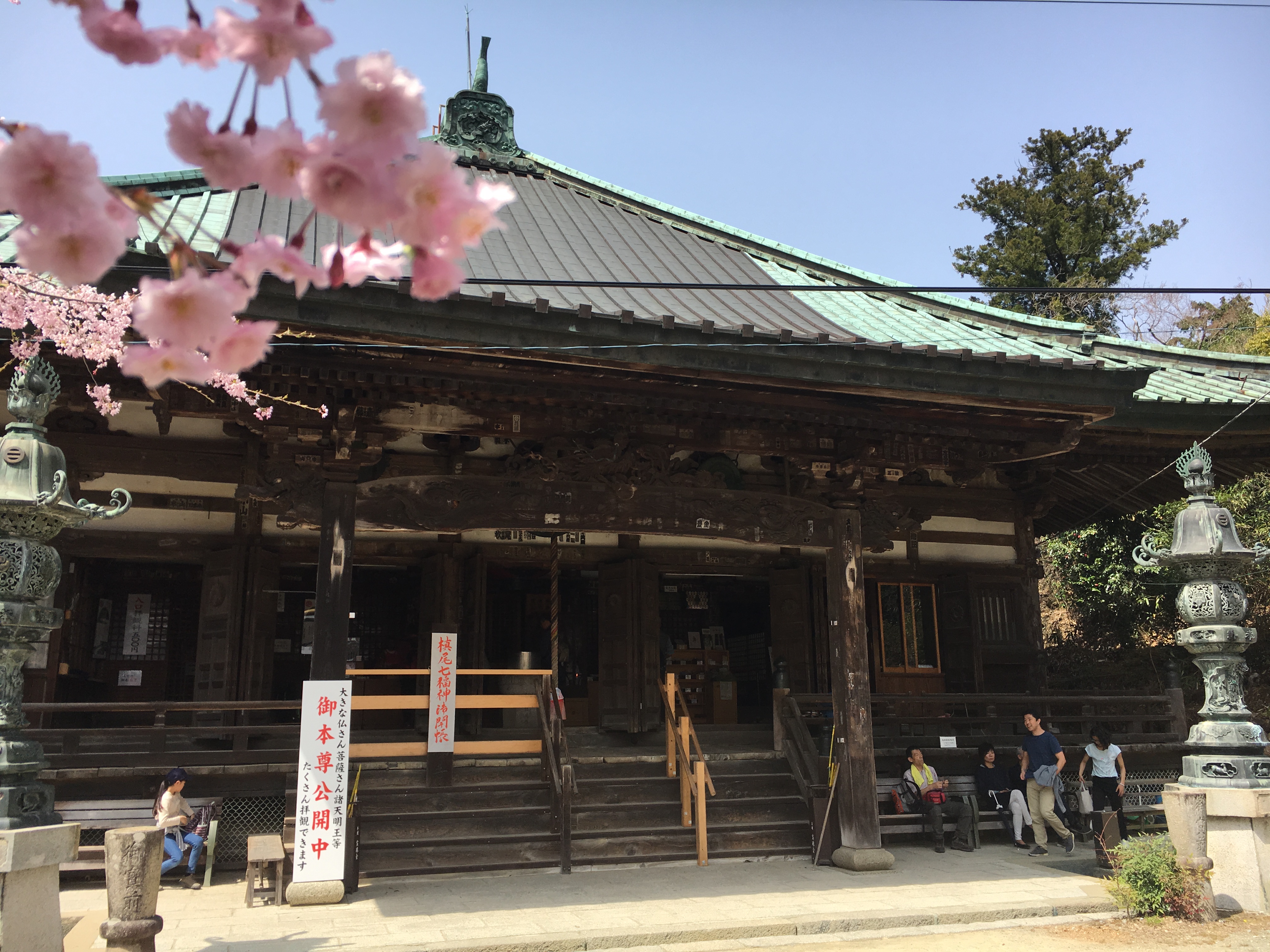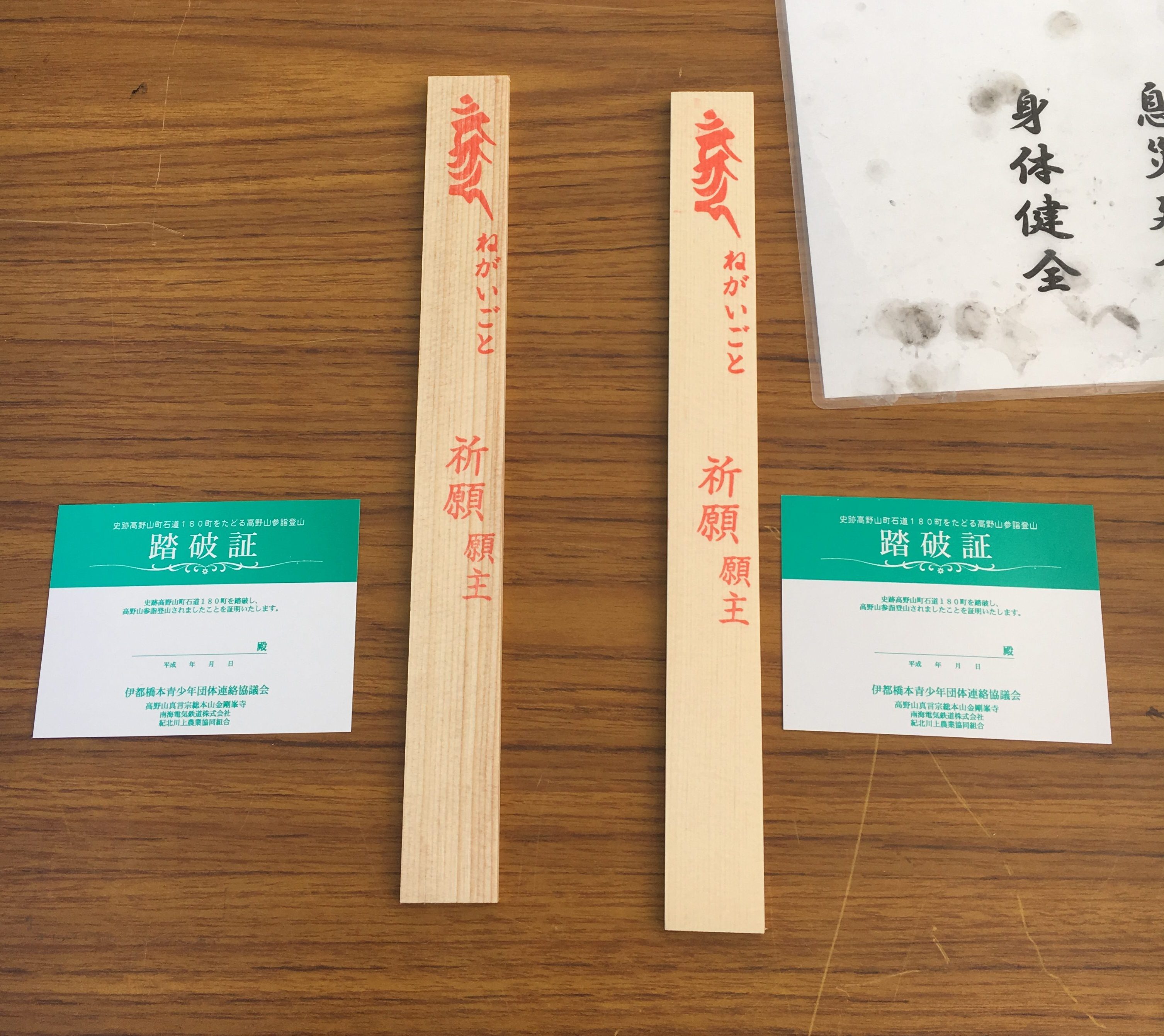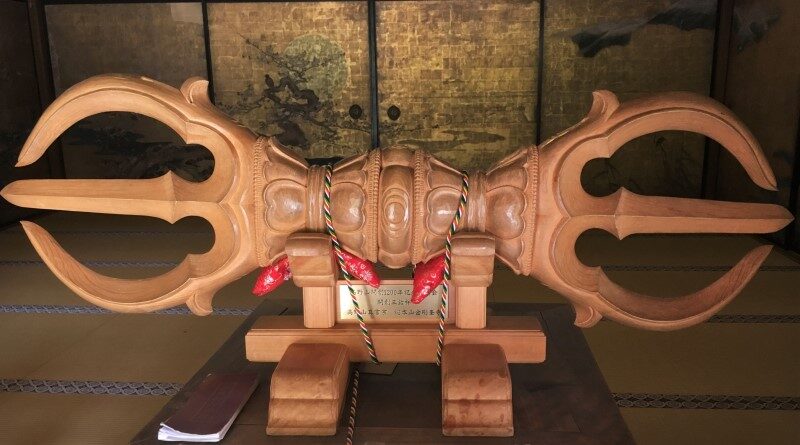Kukai, the Founder of Shingon Buddhism
Dating all the way back to the 9th century, Koyasan stands as the center of Shingon Buddhism. This amazing temple complex is one of the most visited places in the Kansai region and attracts thousands of people every year. Koyasan’s creator is in many ways equally as impressive when you consider the scale of his life and his accomplishments. Of course, we are speaking of none other than the founder of Shingon Buddhism, Kukai or Kobo Daishi. As one of the most influential monks in all of Japanese history, Kukai’s life deserves a closer look.
The Life of Kukai

Young Kukai
Kukai was born in 774 in the Sanuki Province in Shikoku, which is today Kagawa Prefecture. Both his parents were from wealthy aristocratic clans. His mother’s family in particular, were well-known scholars. One of his relatives on his mother’s side was even the private tutor of Emperor Kanmu’s son. During his teen years, Kukai’s parents sent him to Kyoto to study to become a government official.
After leaving Sanuki, Kukai soon lost interest in Confucian ideology and began to take an interest in Buddhism. Around the age of 22 he left school all together to practice Buddhism. He returned to Shikoku and visited a number of temples, where he would practice for a time. These temples are today collectively known as the Shikoku 88 Pilgrimage.
Studies in China
There is little information about Kukai’s beginnings in Buddhism. It is not even known for sure when he went to Todai-ji Temple to be ordained as an official monk. Somehow, though he was neither famous nor important, Kukai managed to secure a passage to China to study Buddhism on behalf of the government. The duration of his studies was to last 20 years with no financial support.

Kukai first arrived the city of Chang’an where he studied Sanskrit for several months. Then he went to Quinglong Temple in Xi’an to study Esoteric Buddhism under the famous Huiguo, (aka Keika). In what a matter of mere months, Kukai became a master of Esoteric Buddhism (Mikkyo in Japan).

Shortly after taking his final initiation his master Huiguo died. Just before his death, Huiguo instructed his disciple to return to Japan and spread the teachings of Esoteric Buddhism. After Keika passed away, Kukai decided to go back to Japan to spread Shingon Buddhism with his ritual tools and books on Mikkyo.
Return to Japan
Though he was only two years in to what should have been a 20 year stay in China, Kukai decided to return to Japan. This was a very dangerous decision as it was crime to end his term abroad without permission for officials back in Japan. This is why he could not return to Kyoto after arriving in Japan. However, he started Shingon Buddhism non the less and gradually word of this new school of Buddhism spread.

Eventually, word of Kukai reached the ears of Saicho, the founder of the Tendai Buddhism, who had also gone to China at the same time as Kukai. In an act of good faith, when Saicho returned from China in 810 he vouched for Kukai so that he could get permission to come back to Kyoto
Creating Shingon Buddhism
After coming back to Japan, Kuaki started Shingon Buddhism based on the Esoteric Buddhism he learned from Keika in China. This branch of Buddhism was very different from Nara Buddhism, the most prominent discipline of at that time. The goal of Nara Buddhism was to go to Gokuraku-jodo, but it did nothing to satisfy someone’s earthly desires, such as wealth, family. Shingon Buddhism on the other hand, believes that by praying in a special way and living peacefully in this world Dainichi Nyorai created, the main Buddha of Shingon Buddhism, not only can someone go to Gokuraku-jodo, but they can also satisfy their earthly desires.

Building Koyasan
Since Shingon Buddhism helps people obtain their earthly desries, it gained many followers. In 816 Emperor Saga asked Kukai to pray for peace in the country. As a reward, Kukai received the land he need to build Koyasan’s main temple, Kongobu-ji. Also in 823, Kukai built To-ji in Kyoto, which became a school for Shingon Buddhism. On top of this, while a monk had to get a license to become an official monk from Todai-ji in Nara, Kukai somehow managed to build new ordination hall. This new ordinational hall was only for Shingon Buddhism so that his monks can be an official monk.

Kukai passed away in 835 in Mt. Koya. However, many still believe that he become a Buddha while he was alive and that his spiritual presence is still at Mt. Koya today. This is why two meals a day are brought to the okunoin at Mt. Koya.



Leave a Reply